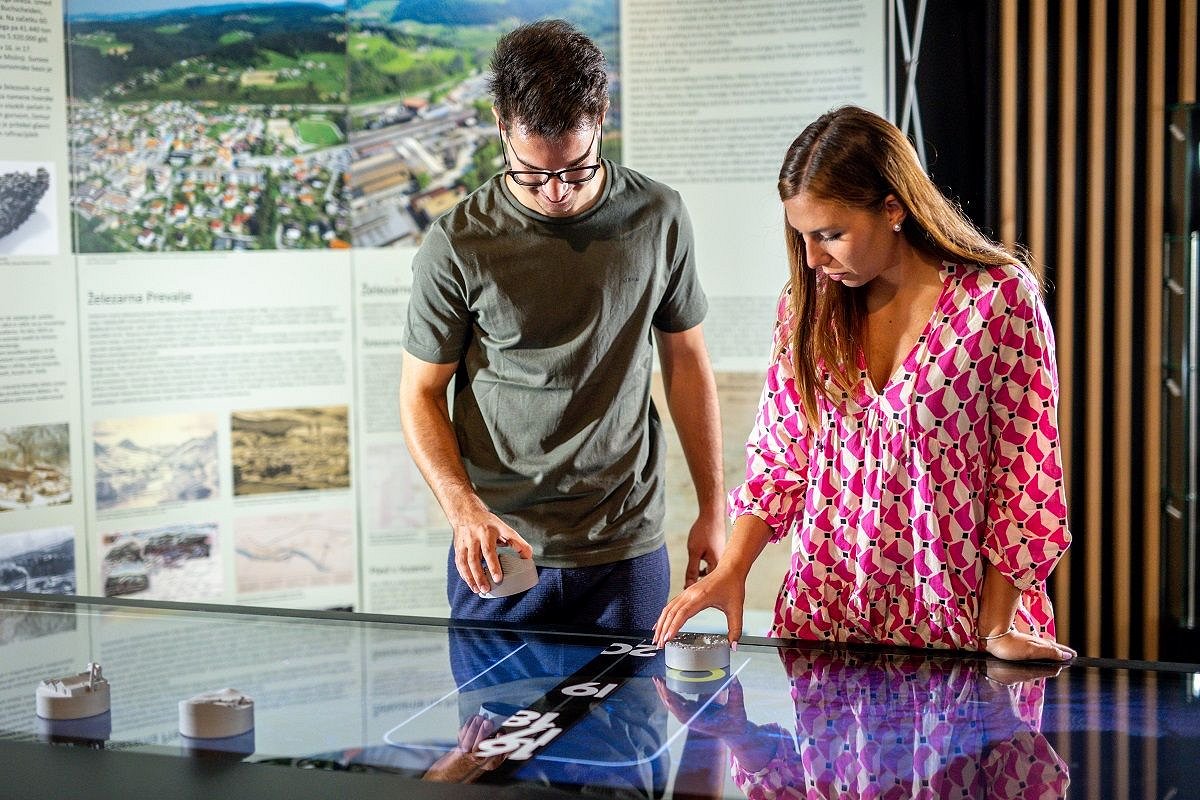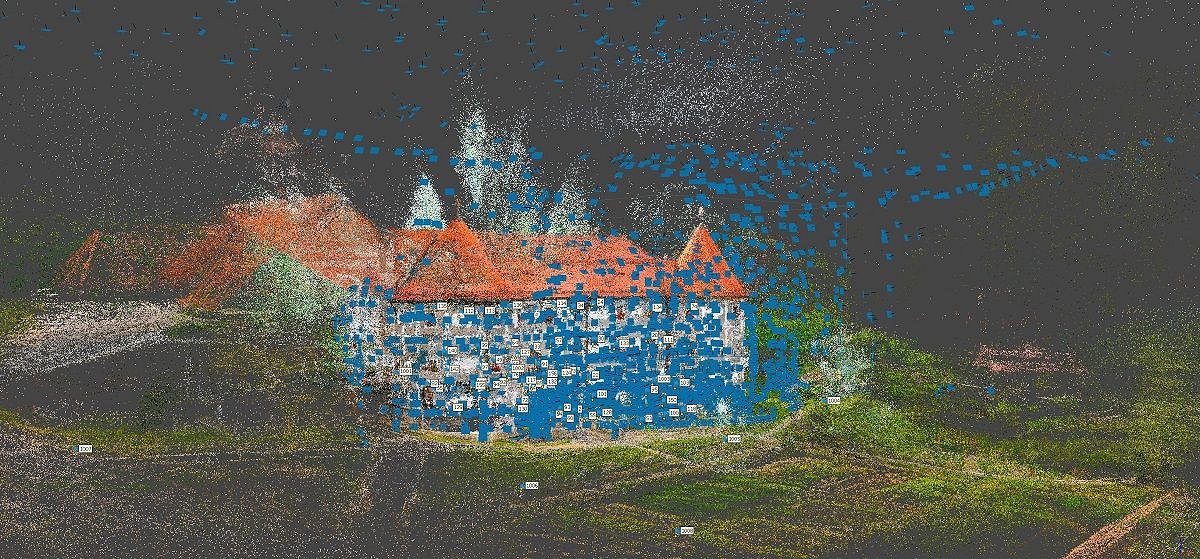Arctur’s story of 3D heritage
12.02.2024
Located in the heart of Central and Eastern Europe, Arctur, a Hi-Tech SME based in Slovenia, has spent the last 30 years pushing boundaries, bringing together research, science, art, and business. Our motto? We don't follow the changes, we co-create them! But how did our tech powerhouse find its way into the world of archaeologists, storytellers, and tourist guides - and what is the significance of 3D?

In early 2018, Arctur embarked on a journey at the intersection of tourism and advanced technologies. We noticed a gap in the tourism sector: while cutting-edge tech could transform the industry, only a handful of businesses were reaping the benefits. Enter Tourism 4.0, a mission to unlock innovation potential by fostering collaboration among stakeholders in the smart tourism ecosystem. The goal? To create enriched experiences using the key enabling technologies from Industry 4.0.
What does this mean in practice? Imagine flipping through brochures or reading dull itineraries to plan a holiday or trip abroad. Now envision instead getting a sneak peek of your destination in Virtual Reality. And once you arrive, why settle for historical narratives when you can step back in time, interact with historical figures, and learn in a fun and engaging way? In an age of smartphones and ubiquitous internet access, traditional postcards seem passé. It's time for them to evolve, offering not just static images but gateways to Augmented Reality 3D models that allow you to interact and share your experiences on social media.
Slovenia takes the lead in digitally enriched tourism
Inspired by a Tourism 4.0 research paper, the Slovenian Ministry for Economic Development and Technology stepped up to lead the charge, making Slovenia one of the leading countries in Europe in digitally enriched cultural heritage tourism. Skill-building workshops, guidelines, and technical specifications prepared by Tourism 4.0 experts paved the way for collaboration between the tourism and cultural heritage sectors in digital interpretation.
From 2019 to 2022, Arctur worked on projects that blended product development, storytelling, digital interpretation of cultural heritage and cutting-edge technologies such as 3D digitisation, AR/VR, holographic projections, touch-screens, mobile and web apps, and video mapping. Our focus on user experience design and collaborative co-creative processes resulted in inspiring results - take a look at some of our projects.
While Arctur has been engaged in site-specific projects, we have also always kept the bigger picture in mind. Mindful of the importance of reuse,we created an online platform showcasing 114 units of digitised cultural heritage objects and 31 unique local tourist experiences.
A 3D digitisation revolution on the horizon
The European Commission has set ambitious recommendations for EU Member States to step up their 3D digitisation efforts, inviting them to digitise in 3D all monuments and sites deemed at risk and 50 % of the most physically visited. This would mean increasing the collection of 3D assets currently available in Europeana from a mere 0.03% to a staggering 16 million 3D assets by 2030. Cultural heritage is poised for a 3D digitisation revolution, and Arctur is determined to support this process. Ultimately, we aim to help society pass on cultural heritage in the digital, mixed-reality era.
Arctur’s main contribution in this process is in enabling storage and online viewing of large 3D models at 3D Heritage portal. We have started this journey within the WEAVE project and are continuing it within the 5DCulture project.
Through research and development projects, we are bridging the world of cultural heritage and advanced technologies (XR and especially webVR & AR, AI and machine learning, High Performance Computing and more).
This article is a re-make of a previous one, written for Europeana Pro in support of the Twin It! 3D for Europe’s culture campaign.


